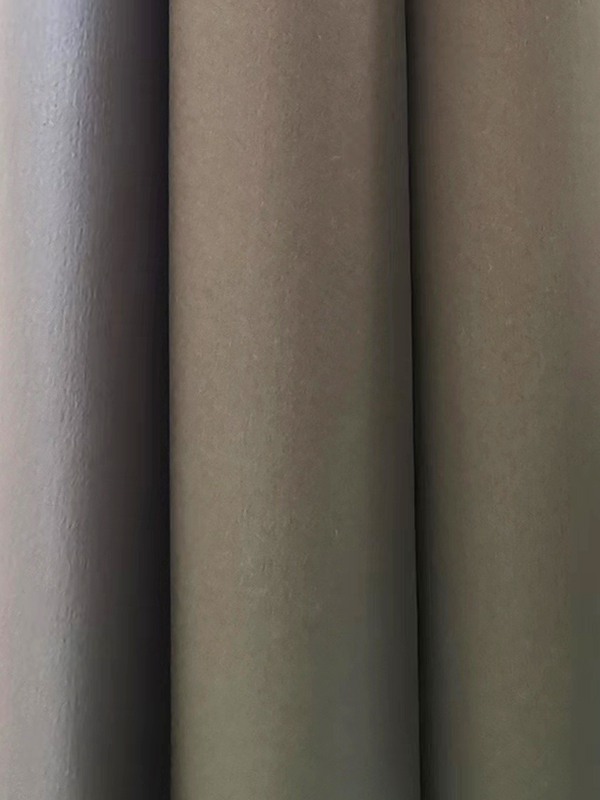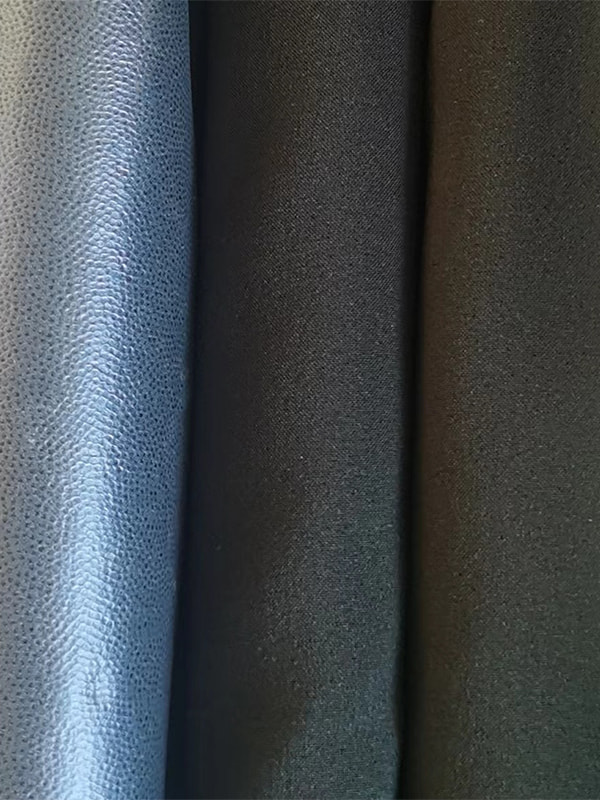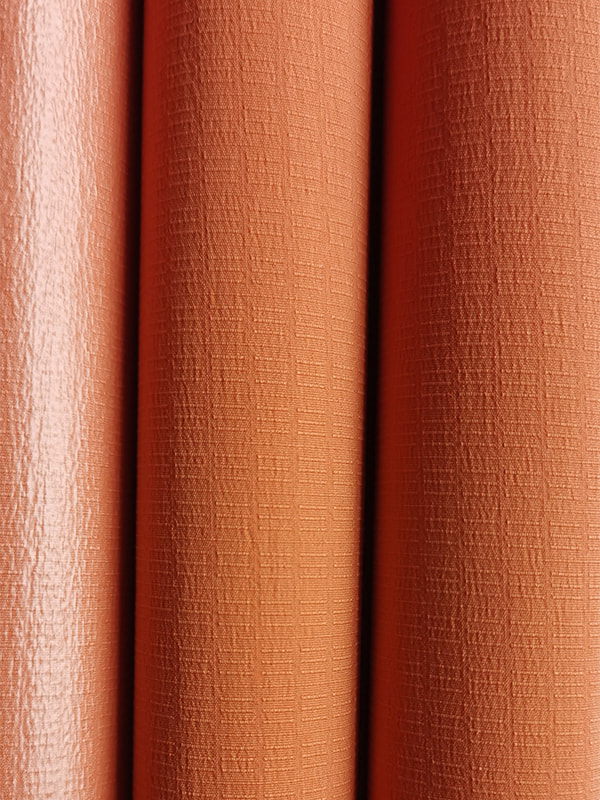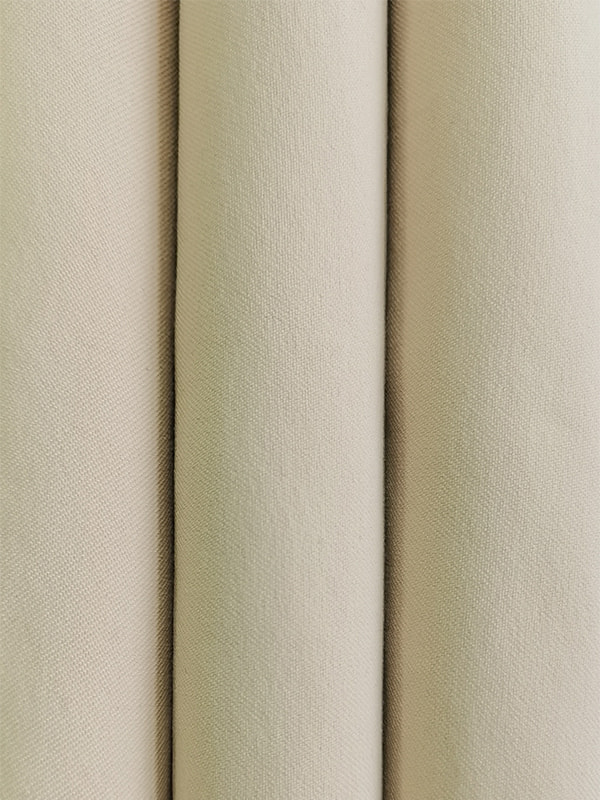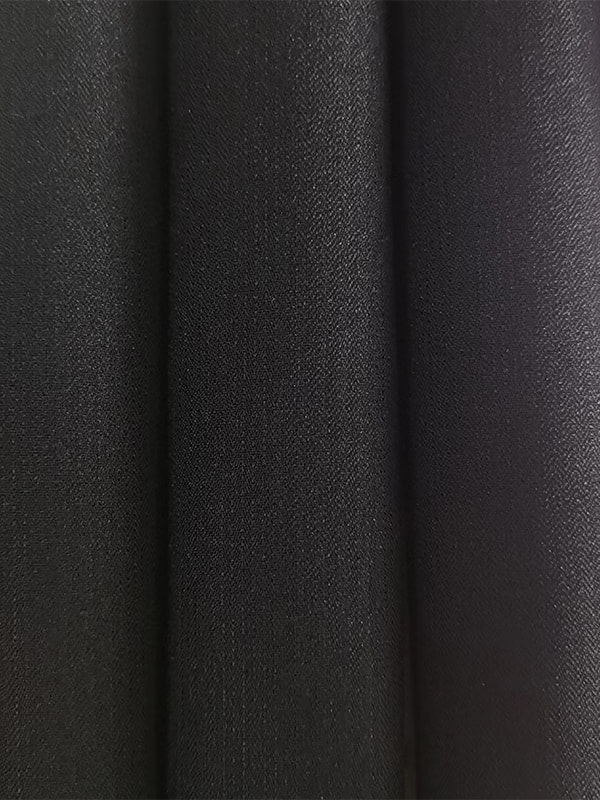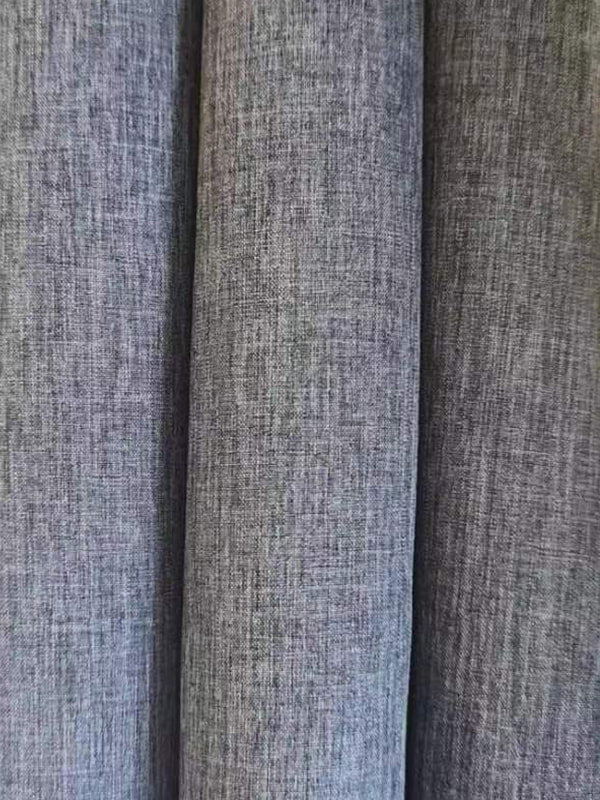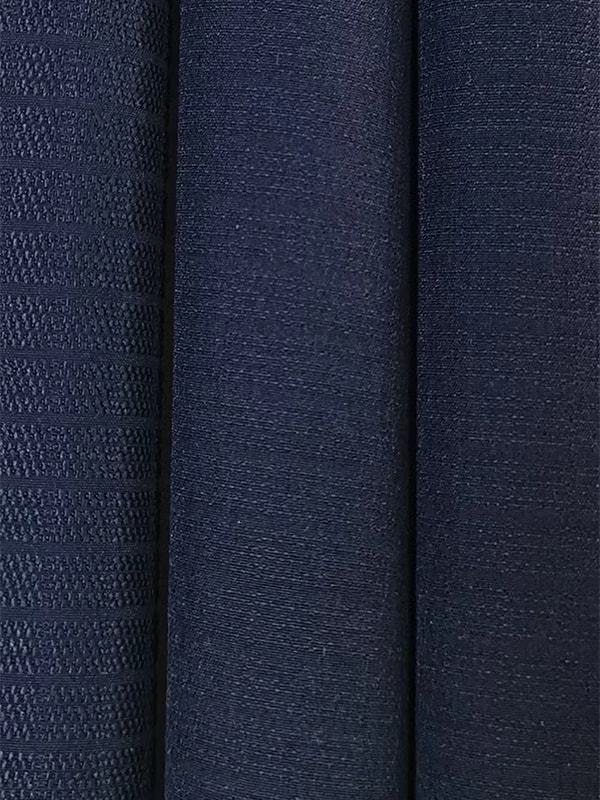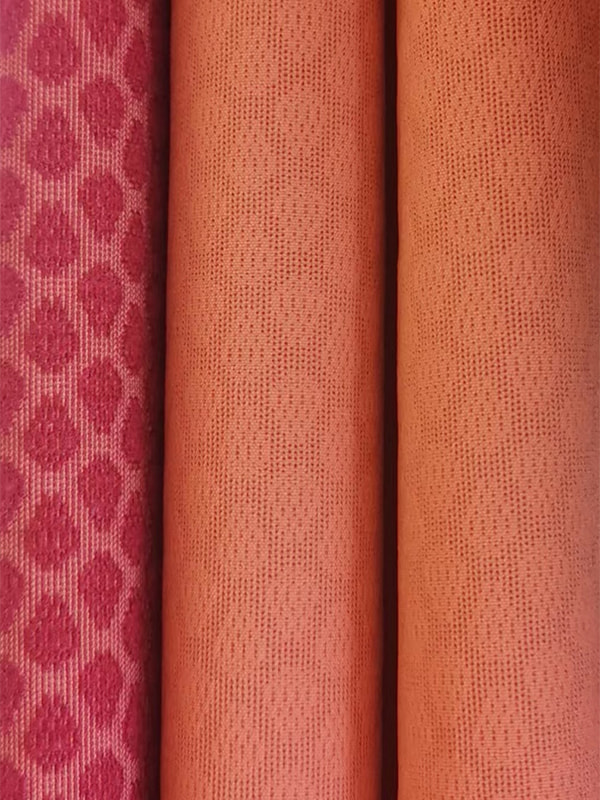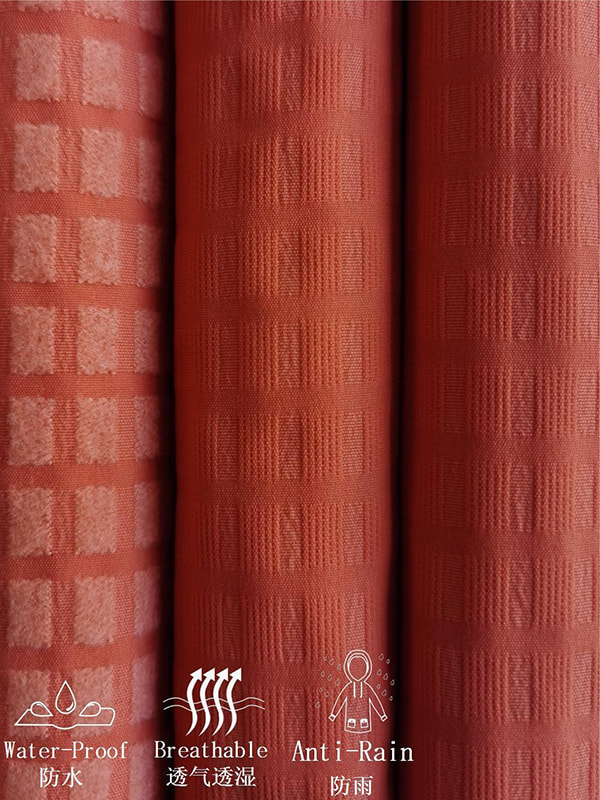The Ultimate Guide to Mechanical Stretch Fabric: Innovation in Comfort and Performance
2025-09-16
Understanding the Fundamentals of Mechanical Stretch Fabric
Mechanical stretch fabric represents a significant leap in textile technology, diverging from traditional methods of providing elasticity to materials. Unlike chemical-based elastomeric fabrics such as those incorporating spandex or Lycra, mechanical stretch achieves its flexibility through a unique engineering of the yarn and the weaving or knitting process itself. This fundamental difference is not just in composition but in the very philosophy of movement and recovery, offering a distinct set of advantages for both manufacturers and end-users. The core principle lies in using specific construction techniques, like certain knit patterns (e.g., single jersey with alternate knit and tuck stitches) or specialized weaving methods (like using crepe weaves or stretch yarns in the weft), to impart inherent stretch without relying on synthetic elastic fibers. This results in a fabric that moves with the body, provides exceptional comfort, and maintains its shape over time, all while often being more breathable and durable than its chemically-dependent counterparts.
The Engineering Behind the Stretch
The magic of mechanical stretch fabric is woven into its architecture. It begins with the selection of base fibers, which are typically natural or synthetic staples with no inherent elasticity, such as cotton, polyester, or nylon. The stretch property is then mechanically induced through the fabric formation process. In knitting, this is often achieved by employing a structure that has inherent "give," like a rib knit or a double knit variation. The yarns are looped in such a way that they can be extended and then return to their original position. In weaving, a similar effect is created by using yarns that have been texturized or crimped through a mechanical process like air-jet texturing, which gives them a coiled-spring structure. When woven into a fabric, these crimped yarns can straighten under tension and spring back when the tension is released. The degree of stretch—whether two-way (horizontal or vertical) or four-way (bi-directional)—is meticulously controlled by the fabric's design blueprint, the loom or knitting machine settings, and the type of yarns used in the warp and weft directions.
Key Characteristics and Performance Metrics
When evaluating mechanical stretch fabrics, several key performance indicators come into play. These metrics determine the fabric's suitability for various applications, from high-performance athletic wear to everyday comfortable apparel.
- Stretch and Recovery: This is the most critical property. It measures the percentage a fabric can stretch beyond its original length and its ability to return to that original state. High-quality mechanical stretch fabrics exhibit excellent recovery, meaning they resist bagging or sagging after repeated use.
- Breathability: Since these fabrics often forgo a solid synthetic elastomer layer, they typically offer superior air permeability, making them highly breathable and comfortable for extended wear.
- Durability: The absence of continuous synthetic elastic fibers that can break down over time can, in some constructions, lead to enhanced durability. The mechanical stretch mechanism is integrated into the entire fabric structure, distributing stress more evenly.
- Comfort and Fit: The stretch provides a forgiving fit that accommodates various body shapes and movements, reducing constriction and improving the overall wearer experience.
- Moisture Management: Many mechanical stretch fabrics, especially those made from cotton or technical polyester, are excellent at wicking moisture away from the body, keeping the wearer dry and comfortable.
Exploring the Advantages of Mechanical Stretch Over Chemical Alternatives
The debate between mechanical and chemical stretch is central to understanding the value proposition of this fabric technology. Each has its place, but mechanical stretch offers several compelling benefits that make it the preferred choice for many applications.
Long-Term Durability and Shape Retention
One of the most significant advantages of mechanical stretch fabric is its resilience. Chemical elastomers like spandex can lose their elasticity over time due to factors like heat (from washing or drying), chlorine exposure, and the natural degradation of the polymer chains. This leads to the common frustration of garments that become loose and ill-fitting. In contrast, the stretch in a mechanically engineered fabric is a property of its physical structure. While it can be abraded or damaged, it is generally less susceptible to losing its recovery due to environmental factors. This translates to a garment that maintains its intended fit and shape through a much longer lifecycle, providing better value and reducing waste.
Enhanced Comfort and Breathability
Fabrics with a high spandex content often create a barrier to air movement, which can trap heat and moisture against the skin. This can be undesirable in applications where comfort is key. Mechanical stretch fabrics, by virtue of their construction, typically maintain the innate breathability of the base fiber, whether it's cotton, wool, or a technical polyester. The spaces between the yarns remain open, allowing for excellent ventilation. This makes mechanical stretch fabric for high movement apparel an ideal choice for activewear, uniforms, and any garment where the wearer expects to be mobile and comfortable for long periods. The fabric moves with the body without creating a clammy, restrictive feeling, offering a superior comfort profile.
Diverse Applications of Mechanical Stretch Technology
The versatility of mechanical stretch fabric allows it to be deployed across a wide spectrum of industries and products. Its ability to be tailored for different levels of elasticity and recovery makes it a go-to material for designers and engineers alike.
Revolutionizing the Activewear and Sportswear Industry
In the realm of athletic apparel, performance is paramount. Breathable mechanical stretch fabric for athletic wear has become a cornerstone material. It provides athletes with the unrestricted range of motion needed for activities like yoga, running, and cycling, while the enhanced breathability helps regulate body temperature during intense exertion. Unlike some chemical stretch fabrics that can feel compressive, mechanical stretch offers support through fit rather than compression, which many find more comfortable for endurance sports. Furthermore, its durability ensures that the garment can withstand repeated stretching, washing, and wear without compromising performance, making it a reliable choice for both professional and amateur athletes.
Innovations in Everyday and Professional Apparel
Beyond the gym, mechanical stretch fabric has infiltrated everyday fashion and workwear. The demand for clothing that combines style with comfort has never been higher. Durable mechanical stretch denim for workwear is a perfect example. For professionals in fields that require bending, lifting, or kneeling—such as construction, manufacturing, or automotive repair—traditional rigid denim can be restrictive and uncomfortable. Mechanical stretch denim provides the rugged durability and professional appearance of denim while allowing for effortless movement, reducing fatigue, and enhancing productivity. Similarly, in everyday chinos, dresses, and shirts, the inclusion of mechanical stretch technology elevates the comfort of the garment without a visible change in aesthetics, appealing to a broad consumer base.
Key Considerations When Selecting Mechanical Stretch Fabrics
Choosing the right mechanical stretch fabric requires a careful analysis of several factors to ensure it meets the specific needs of the intended application.
Evaluating Stretch Percentage and Recovery Power
Not all stretch is created equal. The required percentage of stretch varies greatly depending on the use case. For instance, a pair of slim-fit jeans might require a 2-5% stretch for comfort, while athletic leggings may need 50% or more. More important than the stretch itself is the recovery power—the fabric's ability to snap back to its original dimensions after being stretched. Poor recovery leads to baggy knees in pants or saggy elbows in sleeves. When sourcing, it is crucial to test for both initial stretch and recovery after multiple cycles (e.g., 5,000 stretches) to simulate long-term wear. This data is vital for best practices for sewing with mechanical stretch materials, as the fabric's behavior under the needle and during wear must be predictable for the manufacturer.
Understanding Fiber Content and Care Requirements
The base fiber composition of a mechanical stretch fabric dictates many of its properties, including hand feel, drape, moisture-wicking ability, and care instructions. A mechanical stretch fabric made primarily of cotton will offer softness and breathability but may wrinkle more and have slower drying times. A polyester-based mechanical stretch fabric will be strong, quick-drying, and resistant to wrinkles, but might be less breathable. Blends aim to capture the best of all worlds. Understanding these properties is essential for both creators and consumers to ensure the garment is properly maintained. For example, high heat in dryers can sometimes affect the crimp in mechanically texturized yarns, so low-heat tumble drying or line drying is often recommended to preserve the fabric's integrity and longevity.
The Future of Fabric: Trends in Mechanical Stretch Development
The field of mechanical stretch fabrics is not static; it is continuously evolving with advancements in textile engineering and changing consumer demands. The future points towards smarter, more sustainable, and more performance-oriented materials.
Integration with Sustainable and Smart Textiles
Sustainability is a driving force in the textile industry. The development of mechanical stretch fabric properties and benefits now often includes the use of recycled materials, such as recycled polyester or cotton from post-consumer waste, as the base fibers. Furthermore, the mechanical process itself is generally less reliant on petroleum-based synthetics than chemical stretch alternatives, giving it an inherent eco-friendly advantage. Looking ahead, we see the convergence of mechanical stretch with smart textile technology. Imagine a fabric that not only stretches with your body but also incorporates conductive yarns to monitor heart rate or muscle activity. The structural nature of mechanical stretch makes it an ideal platform for integrating such technologies without compromising comfort or flexibility, opening up new possibilities in health monitoring, athletic performance tracking, and interactive clothing.
Advanced Weaving and Knitting Technologies
The precision and capabilities of modern looms and knitting machines are pushing the boundaries of what's possible with mechanical stretch. 3D knitting allows for the creation of entire garments with varying stretch properties in different zones—more stretch under the arms, less across the back—seamlessly. Advanced weaving can create complex hybrid fabrics that combine areas of mechanical stretch with rigid panels for support. These technologies allow for unprecedented customization and performance optimization, moving away from one-size-fits-all solutions to truly engineered apparel. This trend towards granular control over fabric properties ensures that mechanical stretch will remain at the forefront of textile innovation for years to come, finding new applications in medical textiles, automotive interiors, and beyond.
Contact Us for More Details
Don't hesitate to contact when you need us!

 English
English 中文简体
中文简体